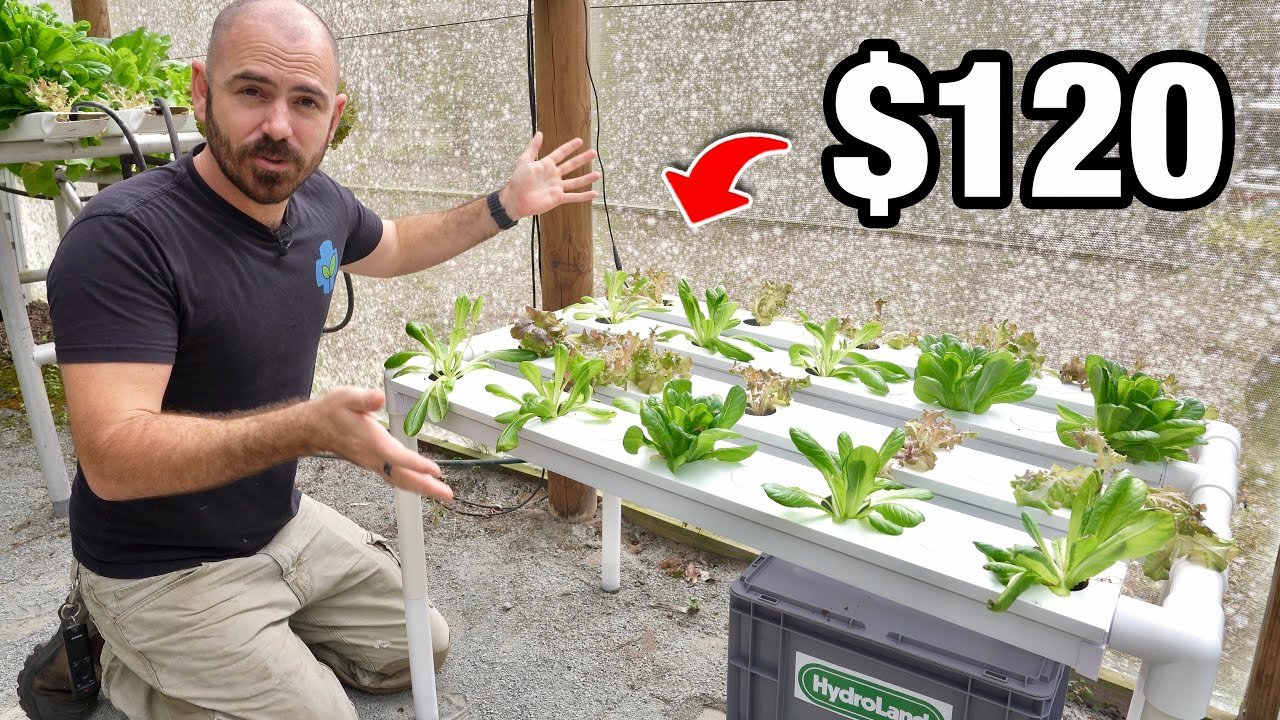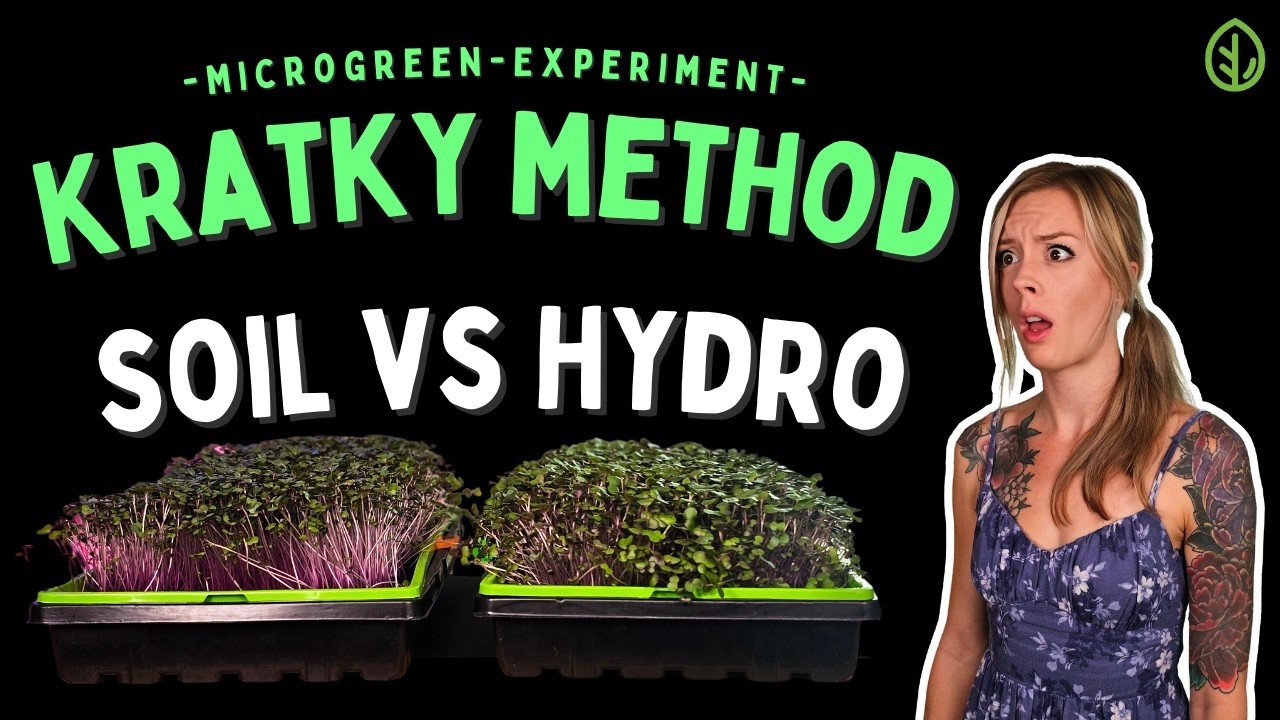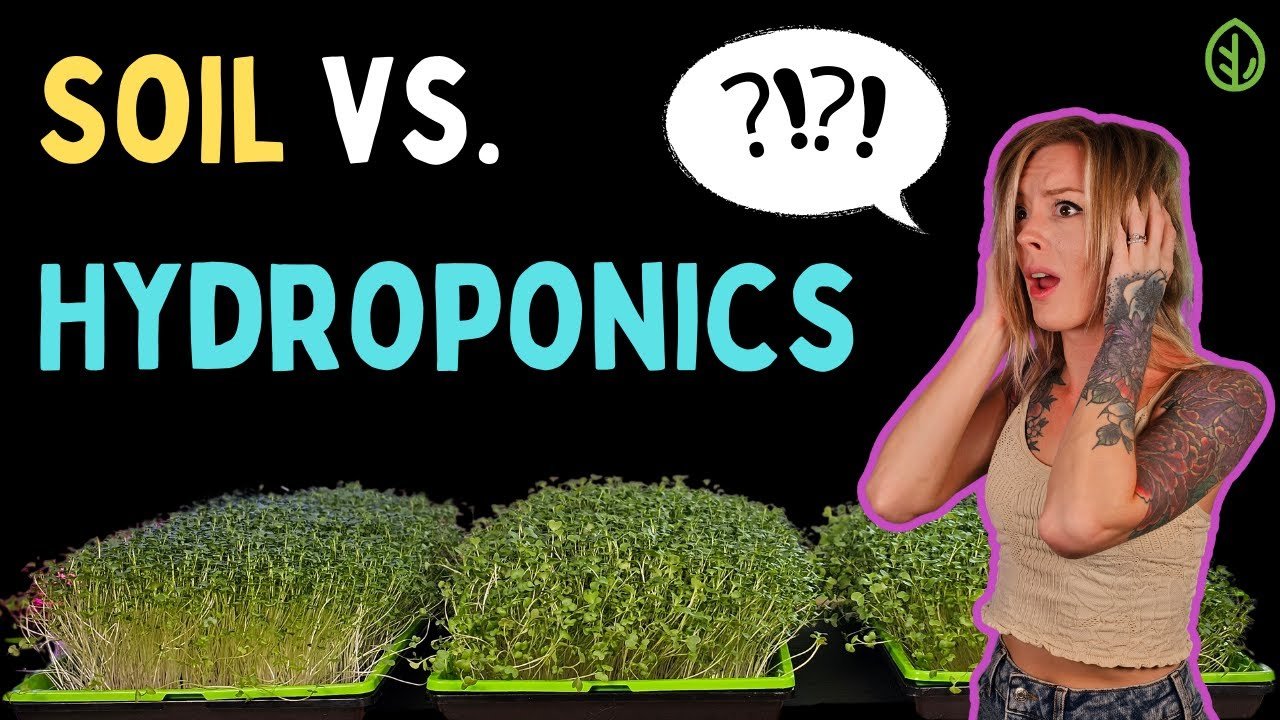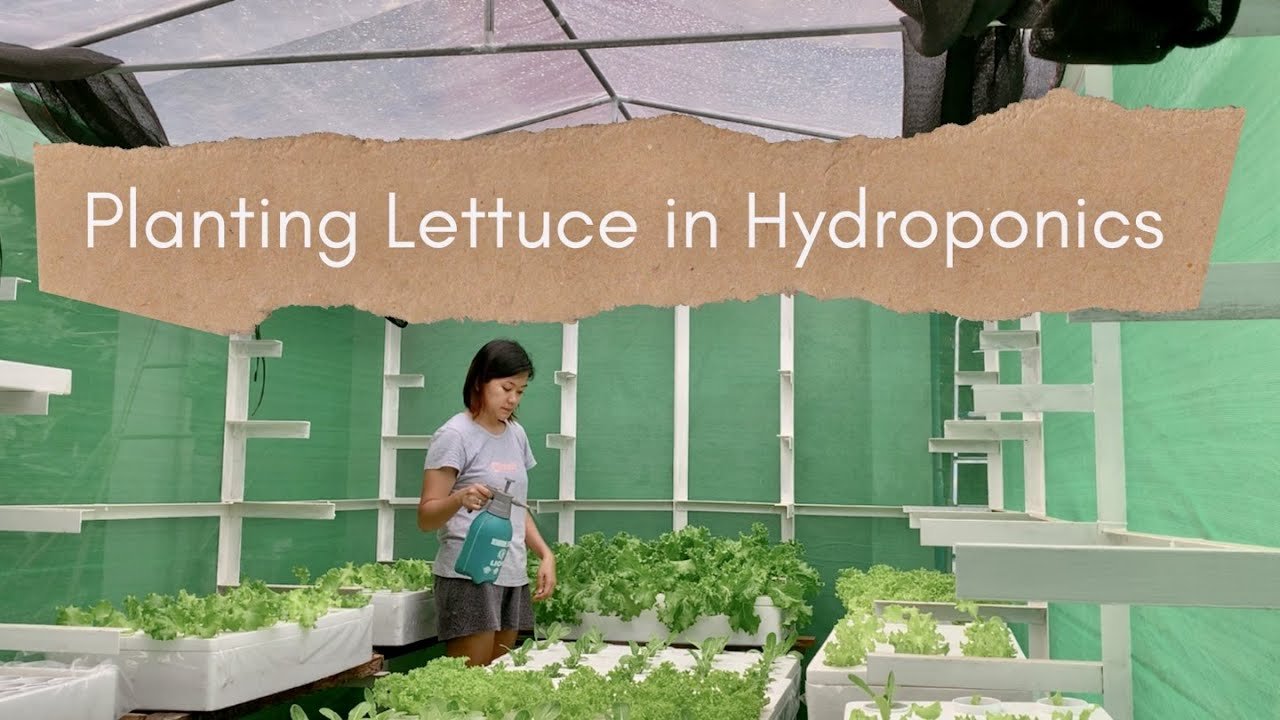Roses in Hydroponics: A Misadventure Worth Taking
You know, there’s something about a small town that makes you want to plant things. Maybe it’s the way the seasons change around here, where every spring feels like a fresh start. I remember the year I decided I’d try my hand at something a little wilder—hydroponics. I thought: “How hard could it be?” Well, let me tell you, I learned the hard way.
That summer, I had visions of vibrant, blooming roses floating serenely in my makeshift system, turning my backyard into a fragrant oasis. Armed with a stack of YouTube videos and some questionable Pinterest blueprints, off I went. I even dragged my neighbor Charlie into it. He has this old pickup truck I’m pretty sure is a 1992 model—it’s been abused in various DIY projects but has somehow survived.
Old Tyres and Last Year’s Fishing Gear
We rummaged through my shed, chock-full of junk. Old fishing gear, random wood scraps, and at least five dusty lawn chairs I swore I’d fix up one day. The old Tyres from my wife’s car were lying around, and suddenly, they became the foundation of my grand hydroponic adventure. I dusted them off, proud of my resourcefulness, and then went online to figure out how to set them up.
The idea was straightforward: build a raft system, floating roses on top of nutrient-rich water. Easy peasy, right? I managed to conjure a plan using PVC pipes, an aquarium pump, and some plastic bins I found tucked away with last fall’s Halloween decorations. I remember thinking, “Wow, I’m basically a scientist now!”
But of course, the first hurdle came quickly—getting my water sources right. The day after I set everything up and filled the Tyres with water, there was a scent that hit me like a sledgehammer. Garden smells are one thing; this was something else entirely. The water turned cloudy, and I started seeing tiny green specks swimming around. Charlie laughed and said it looked like a scene from a bad horror movie.
Fishy Business
So, I figured, what’s a hydroponic system without fish? Aquaponics felt like the natural progression. I marched over to the local fish store—small, dusty, the kind where you’ve chatted with the owner for years about the best bait for bass fishing. I picked up a few tilapia, mostly because they sounded exotic and quite easy to raise. I even bought a pump that was supposed to be a “ceramic showpiece.” Spoiler: it wasn’t.
There’s something a little terrifying about bringing live animals into your backyard project. When I finally set them loose in what I thought was an immaculate tank, I shared a moment of pure triumph. I glanced at my wife, ready to beam over the “tilapia sanctuary,” but I should have known better, right?
A couple of days later, one fish jumped—and the hose to the pump came unplugged while I was out doing my daily grocery run. When I returned, I was greeted by a bad scene. Fish belly-up, water stinking worse than the sock drawer I swore I’d tackle, and my dreams of roses fading like a cheap painting left in the sun.
Troubleshooting, or Just Trouble
As I waded through the debris of my fish misadventure, I realized I still had plenty of greenery to tend to. The remaining fish, bless their little hearts, were still in there, and my roses, too—growing resiliently despite my constant meddling. But something still felt off. The water was a shade of green that frankly made me nauseous, and I figured it was time to take a step back.
I spent the next few evenings nursing my system: cleaning out the tank, testing the water pH, and even taking a few phone calls with Charlie, who, by the way, never let me forget that I had “a serious fish funeral.” It was a slow learning curve. I wrote notes on cardboard and taped them to my fridge, documenting everything from “DON’T OVERFEED” to “CHECK WATER REGULARLY.” It wasn’t glamorous, but it was the best I could do.
Beautiful Blooms and Life Lessons
After weeks of troubleshooting, I finally struck a balance. The roses sprang back with vigor—vibrant reds and soft pinks, bobbing on their little floating islands. The fish were surviving, more like tough little soldiers than the lead characters in my tragic fish drama. And every time I’d walk past the system, a sweet, floral fragrance filled my senses, making all the effort feel worthwhile.
Did everything go how I envisioned? Not even close. But each hurdle taught me more than any neat little how-to guide ever could. Gardening and aquaponics are imperfect, full of quirks and surprises that can be downright hilarious—or horrible, depending on how you look at it.
A Simple Thought to Wrap Up
So if you’re thinking about diving into hydroponics or aquaponics, don’t fret about getting it perfect. Go ahead and make a fish funeral your life’s marker; embrace the green water phase and the scent of muck that somehow seems an integral part of the process. You’ll never know what you’ll blossom into unless you get your hands dirty.
Join the next session at [your link here] and let’s get started on that journey together!







Leave a Reply